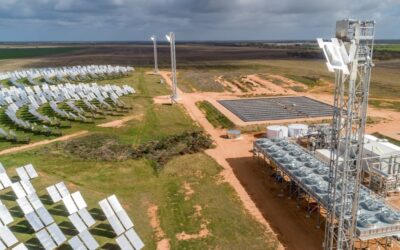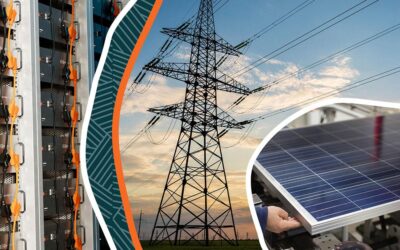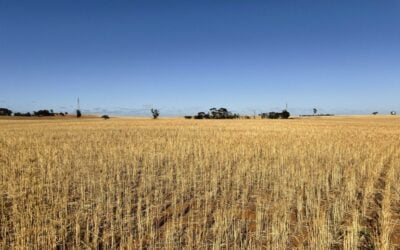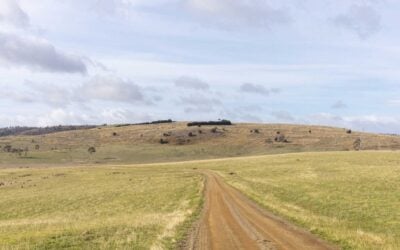
UK energy regulator Ofgem has been accused of “passing the buck” over the financial repercussions of its Targeted Charging Review (TCR) on flexibility projects in the country.
The TCR is a complex and comprehensive review of how Ofgem mandates that electricity generators and consumers pay for their use of the country’s grids. Projects of all kinds are charged, with levies paid to the UK’s distribution network operators (DNOs) for the grids’ upkeep.
Enjoy 12 months of exclusive analysis
- Regular insight and analysis of the industry’s biggest developments
- In-depth interviews with the industry’s leading figures
- Annual digital subscription to the PV Tech Power journal
- Discounts on Solar Media’s portfolio of events, in-person and virtual
However the TCR has proven particularly contentious, with numerous studies claiming that if enacted as Ofgem intends to – established in a series of ‘minded to’ proposals published last year – the reforms could render flexible energy projects, including batteries, uneconomical.
A report on the TCR published by Aurora Energy Research in May found that 6GW of subsidy-free renewables and storage could be wiped off pipelines and a separate study found that elements of the reforms stood to adversely impact on the economic viability of onshore renewables.
Speaking as part of a panel discussing the TCR at Solar and Storage Live last week in the UK, Madeleine Greenhalgh, policy lead at trade body Regen, said the shortfall of the system cost as a result of the charges being levied in the way Ofgem is suggesting could reach £4 billion.
“It’s a massive cost that’s going to need to be made up and Ofgem are saying that the cost will need to be made up by BEIS through the Contracts for Difference,” Greenhalgh said, continuing to say there is “a little bit of passing the buck” over who is responsible.
“The problem there is that we know BEIS isn’t going to sort that out. They’ve been very clear- no new subsidies before 2025.”
Also speaking on the panel, Sam Street, manager of energy practice at Frontier Economics, said the consultancy’s latest analysis was modeled against a similar scenario to Aurora’s report, having been asked by Ofgem to test the benefits case to an assumption of lower renewables, where deployment of some subsidy-free projects over the next twenty years is delayed.
In this scenario, the government’s “only option” is to pursue “an inefficient policy to choose the more expensive technology, which is offshore wind” if it wants to maintain decarbonisation goals, Street said.
However, Street was quick to specify that Frontier wasn’t “making any forecast on the impact on solar and wind”.
The timing of the reforms is “unhelpful” for investors due to the loss of the feed-in tariff and the “challenges” of trying to finance subsidy-0free projects, said Stirling Habbitts, sector lead of project finance London at Triodos Bank.
The TCR means “potentially lower revenues and that does mean that the funders take a slightly higher risk because of those reviews going forward,” Habbitts said.






